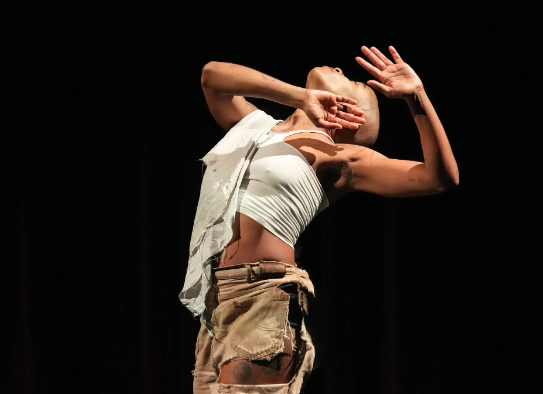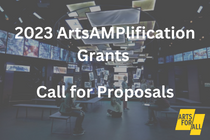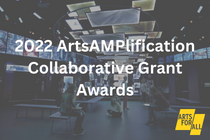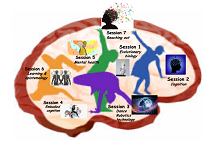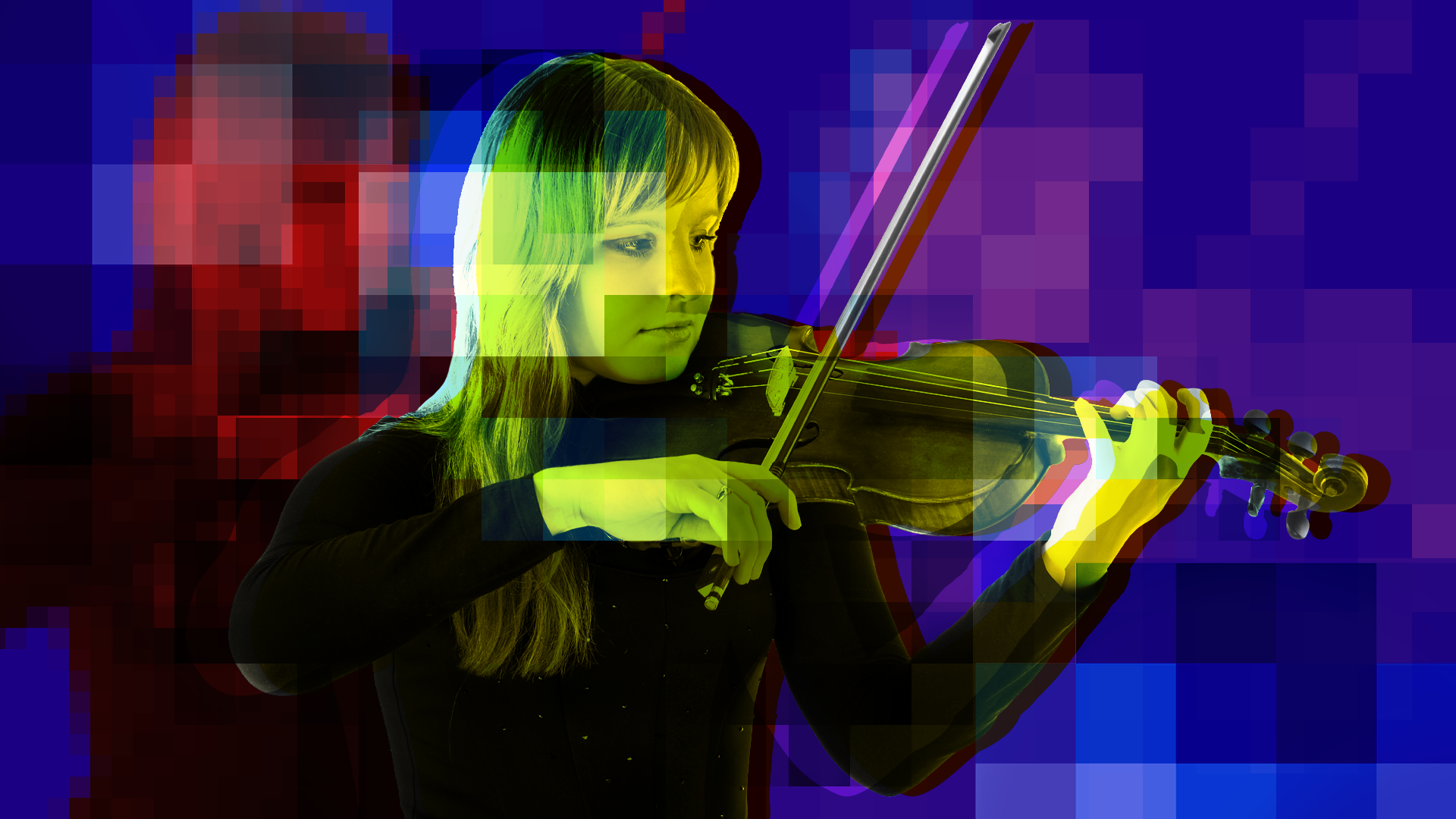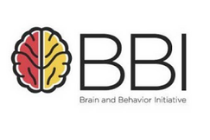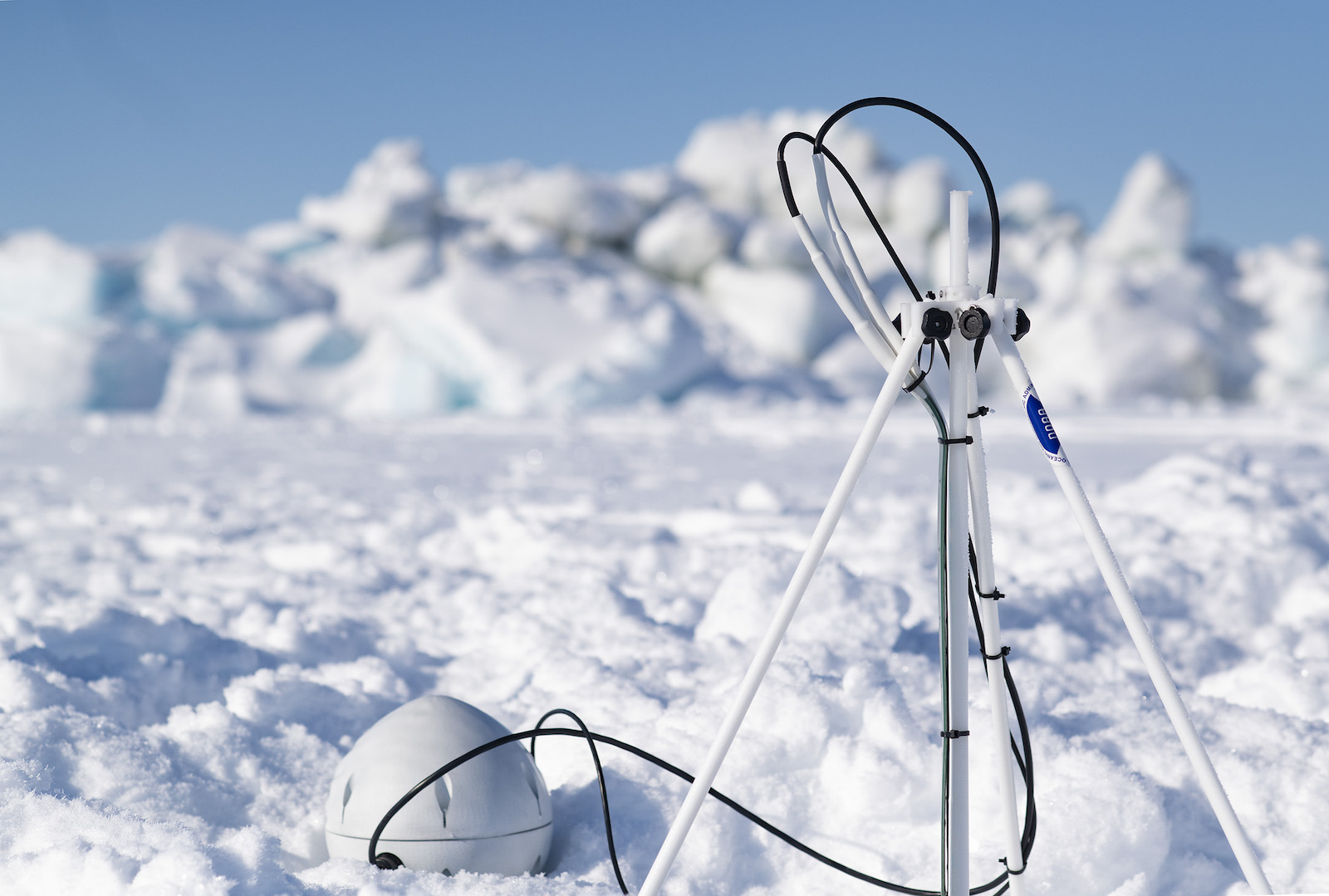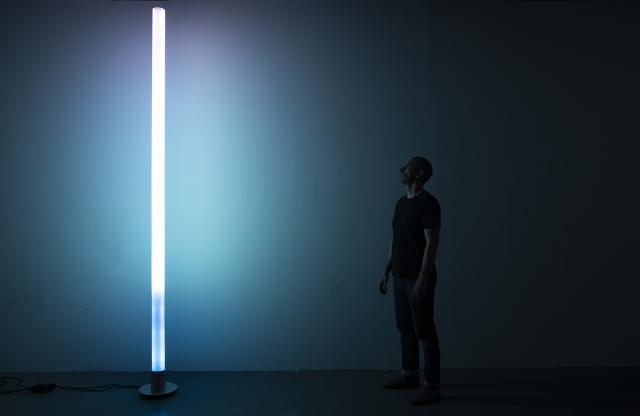The interdisciplinary Out-FRONT! fills a gap in the dance calendar, showing incandescent works like Jasmine Hearn’s “Salt and Spirit.”
By Siobhan Burke
For obsessive dance-goers, it’s been a while since January in New York felt like January in New York. Remember American Realness at Abrons Arts Center? Coil at P.S. 122? Even before the days of Covid-19, those bustling experimental festivals of the 2010s — which coincided with the annual Association of Performing Arts Professionals conference, when lots of curators are in town — had quietly faded away, along with the flood of adventurous work they brought to theaters each winter.
Picking up the torch with an even more anti-establishment spirit is a new interdisciplinary festival, Out-FRONT! Organized by members of the grass-roots arts collective Pioneers Go East, which spotlights the work of queer and feminist artists, the inaugural edition opened last week at the L.G.B.T. Community Center in Greenwich Village.
That location was itself a smart choice on the part of the curators — Gian Marco Riccardo Lo Forte, Hilary Brown-Istrefi and Philip Treviño — positioning art in a context of community-building and care. At the performances I attended, the atmosphere often felt more like a lively and laid-back gathering of friends and family than the kind of networking event so common on the January festival circuit.
The line between performing for an audience and just hanging out was most porous, and gorgeously so, in Jasmine Hearn’s grounding and incandescent “Salt and Spirit,” on Wednesday. “We build this moment together,” Hearn (who uses they/them pronouns) has said of their highly collaborative practice, which encompasses dance, poetry, song and the lyricism of fabric. (This work features garments designed by Athena Kokoronis and Malcolm-x Betts.) As Hearn remarked when it was over, what had just happened would never happen quite this way again.
Of course, this is true of all live performances. But Hearn’s partially improvised creations have a delicacy and immediacy that somehow make you more aware of, and enchanted by, their fleetingness. “Salt and Spirit” reaffirmed what I’ve often felt about Hearn, that where they go, I want to follow.
As the audience entered the event space, Hearn and fellow performers — Lily Gelfand, Dominica Greene, Kendra Portier, Charmaine Warren and Marya Wethers — were already in motion, playing around with dance ideas and greeting friends as they arrived. Hearn invited us to feel the rise and fall of our breath, to be “with your own time and your own tempo.” As we tuned into ours, the dancers settled into theirs.
The spirals, swells and dips of Hearn’s movement, on their own and in a lush duet with Portier, migrated between patches of shadow and light, vivid even in darkness. Greene and Warren, a few decades apart in age, discovered tender entanglements, Greene picking up and spinning Warren or walking on Warren’s feet, as Hearn intoned “it’s been so long since I found me.”
In waves of song and spoken word, sometimes punctured by a flinch or deliberate flat note, Hearn’s deep and deeply embodied voice mingled with Gelfand’s live cello, or made way for a sample of Sister Rosetta Tharpe’s “My Journey to the Sky.” In a recent interview, Hearn described the work’s soundscape, which included contributions from Angie Pittman, Becky Selles and Coline Creuzot, as “the house we get to run around in.” Clothing added to that sense of play: Portier’s black sequin dress over turtleneck and track pants, layered further with a hand-painted T-shirt by Betts; Hearn’s ripped, backward jeans paired at times with the wisp of an iridescent cape.
---------------------------
Click below to read the full article.

